
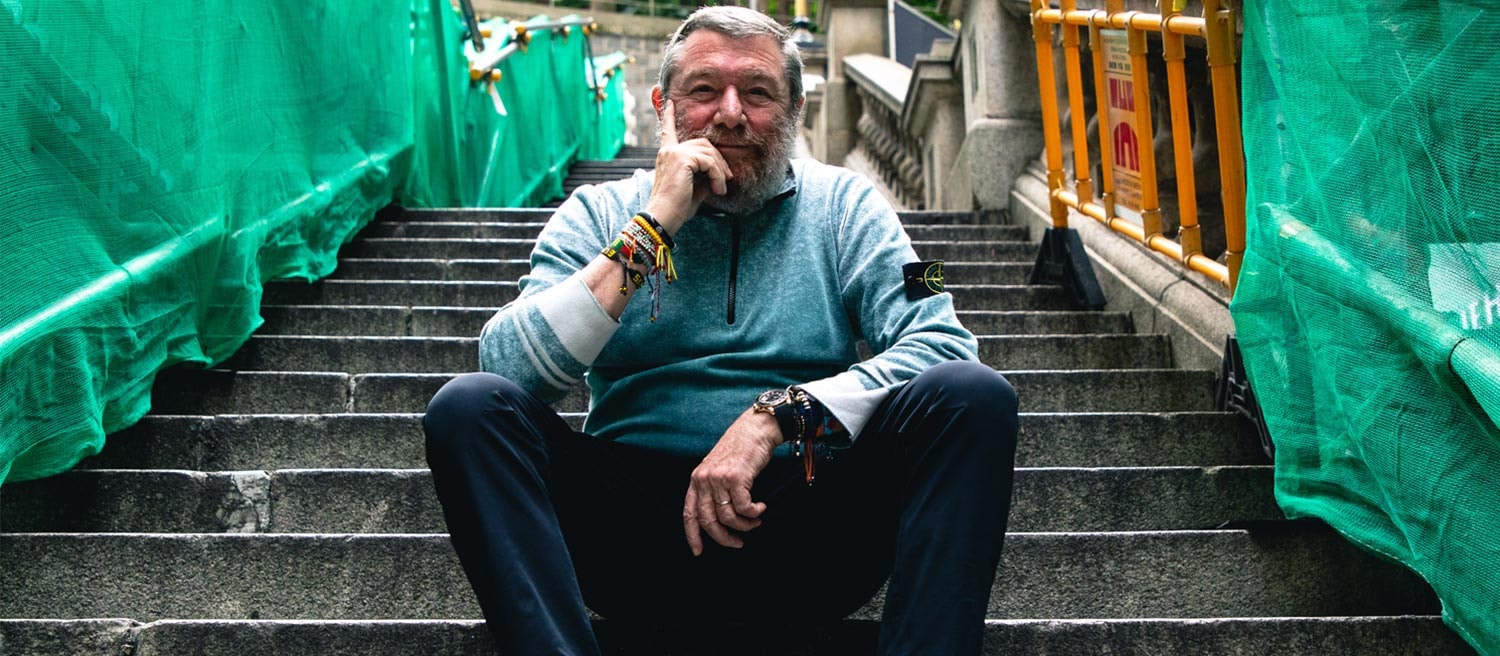
A new Stone Island flagship has recently opened its doors in Hong Kong — another one of the brand’s flagships in Asia alongside Seoul, Tokyo, and Shanghai — and HYPEBEAST had the chance to sit down with CEO Carlo Rivetti to discuss his involvement with the brand. Aside from the heritage of Stone Island and the importance of the brand’s identity, Rivetti shared with us his vision for the future and where the brand will go. Aside from the company’s direction and vision, Rivetti also dove deep into his relationship with late founder Massimo Osti, a facet of his life many fans may not be as familiar with previously. While the duo did not particularly become friends, they nonetheless had a mutual respect of each other. They understood each other even when the rest of the company did not. So for Rivetti, going through Osti’s cancer, death, and funeral was one of the most emotional times of his life.
To Rivetti, what makes Stone Island what it is today is its heritage and integrity, two things the Italian CEO has vowed to protect as long as he is able to. To expand into new regions like the US or Asia is an exciting development — Rivetti and his company had much to learn about the growing number of people and cultures they now cater to. Regardless of the many milestones Stone Island has reached as a company, the brand has always stayed true to its roots.
“We don’t feel that we are fashion at all. I’m much more close to industrial design.”
We are in a time where we’re at a crossroads between high-end design-focused fashion and more trend-chasing fast fashion, but regardless, a lot of Stone Island enthusiasts have stuck with the brand for many, many years. To you, what is it about Stone Island that has led to such a loyal following?
Well, first of all, we don’t feel that we are fashion at all. I’m much more close to industrial design. We do men’s products. We don’t do women’s products. Women are much more fashionable. Men are — I always say — more basic. We need the right pocket, and we need function — these type of things. And so, during these 37 years, we’ve talked to various generations of different men. We’ve never changed our language, and we became a sort of club. So, when you meet someone else wearing this [badge], you can look at the person in some special way and recognize that this [badge] is fantastic. I think that in some way, from the beginning, the DNA of the brand was quite specific. We made the first jacket using the fabric of the tarpaulin of trucks. It’s not normal. This element of unconventionality is still in the products we make today.
We’re currently in an age where “clout” is quite important. Do you believe that Stone Island’s concept of innovation and always creating something new helps with this age of “hype?”
Yes. For instance, in this shop we had the octopus camouflage on a thermal sensitive fabric. It was one of the most iconic pieces. It sold out all over the world, but we didn’t manage anything. You know in the late ’80s, Stone Island became one of the iconic brands for Hooligans. Did we choose it? No. Did we manage? No. We always do our job. The market is constantly moving. And many of my ideas, sooner or later, gets used for the market, regardless. I made some mistakes in the past — a lot of mistakes. One key mistake is trying to follow the wave. If you follow the wave — and I did this in the past, though not with Stone — you’re late because the wave is, as you said, so quick, especially now. But it was quick also in the ’80s. In the ’90s, less. But compared to today, it was quick. So, when I decided eight years ago to remain only with Stone Island, I didn’t want to repeat that same mistake. And Stone Island was already successful, though smaller. But even if we wanted to reach the audience, we didn’t change: it’s the audience that comes to us.
This is magic, in my opinion, because we don’t have to change. We know, let’s say, the way to success, and now the streets understand that we are cool. But I feel that it was cool also five years ago, eight years ago. So, okay, this is important. The coolness is important. To be hype is important. But the audience knows the story. We were in Shanghai two days ago, and there was this young guy — 25 years old. He remembered a garment that we had done — a piece that we had done in 2008 because I was talking about the jacket, and he said to me, “I remember!” Fantastic. So, this guy is not there because we are cool or hype. They come because we are Stone Island.
“Massimo was a genius. There’s no other one”
Taking a step back in time, I want to ask about Massimo Osti. In many ways, he was a pioneer of his time. How has the time you spent with him informed you in the way that you approach Stone Island now?
Well, Massimo was a genius. There’s no other one, and I had the opportunity to work with him. I must say we didn’t become friends. He had a very strong character. But we worked together, and we understood each other. And this is what was really important because it was something [we shared] between us.
We had a lot of people working around us, and sometimes they didn’t understand. Sometimes we made decisions that other people didn’t like. But the most important thing for us was that we were in unison. And yes, sometimes we fought, but, let’s say, in a very correct way. So, sometimes I was wrong, sometimes he was wrong, but we admitted it, and we continued working together. Two months before he died, we had lunch together in Milan. I was so happy because he was looking better even though he had cancer — I saw him four months before and it was not good. So, after I saw that he looked good I said, “Massimo, you got so good.” His funeral was one of the most emotional things I experienced in my life. He had a casket that was in the color 0022, the signature Stone Island blue.
Do you think if Massimo were still around, he would be proud of where Stone Island is today?
Yes… Yes, I think so because of the DNA of the brand, the continuity of the brand, and the integrity of the brand. And this is one of the most important parts of my job: to protect the DNA of this brand. So, I think he would recognize it. He would recognize the integrity of the brand.
In your piece My History, My Company for Stone Island, you said you realized that the “one man at the helm” era was over and that being multi-cultural is necessary in order to be truly contemporary. Seeing your expansion now in Asia, with opening this store in Hong Kong, among others, what things have you learned about Asian culture or how the industry is here? And how has Stone Island adapted to meet these things?
My first time in Hong Kong was 35 years ago. My former company was the first Italian company to establish a joint venture in China. I’m pleased about Hong Kong because there is energy in the city. Probably the city in which you find the most energy in the world — certainly more than New York, for instance. Los Angeles is good, but the city is too big. Here you really feel the energy. When we start thinking and designing collections, we don’t think — for instance, doing pieces for young guys, or for older guys, and we don’t think to do pieces for the “American” or for “Hong Kong.”
We do our job. So, I think the most important part now is not to make mistakes. And you must understand the local culture in order to not make mistakes. For instance on colors, the way we read colors in the West and how you read them here is different. So, we must be very mindful. Now that we started working here, we have to try to understand the culture better – this is the idea. In the beginning, when we started thinking about expanding to the U.S., I said, “I want to open in Los Angeles, not New York.” New York is full. Los Angeles is the right place. They don’t have any strict offices. They have meetings in hotels. They dress very relaxed, like they have to go to the beach in 20 minutes. It’s the perfect place for me. And now the Los Angeles shop is very successful. And here [in Hong Kong], again, I see people that are easy and casual. In my opinion, this is perfect.
Finally, where do you see Stone Island moving forward? More Asian expansion or some other location?
I hope so. I would like to develop this part of the world without changing my language. Also, because it is true, we don’t need to sell a huge amount. It’s much better not to over-expose the brand. This is the future. Talking about product, the future is in the research and innovation. And what I’m very confident in is that in the last five years, we changed the way we construct the collection. So, we have a stock of research and innovation that we cannot apply to the collection. For instance, if I keep totally changing things up, and I stop investing in research, for the next five to ten years, I will have in my pocket the innovation for at least five years. What I think is that we have to continue doing what we are doing, in the right way. We cannot sell our souls. So, this is the future: Maintain the integrity of the brand.



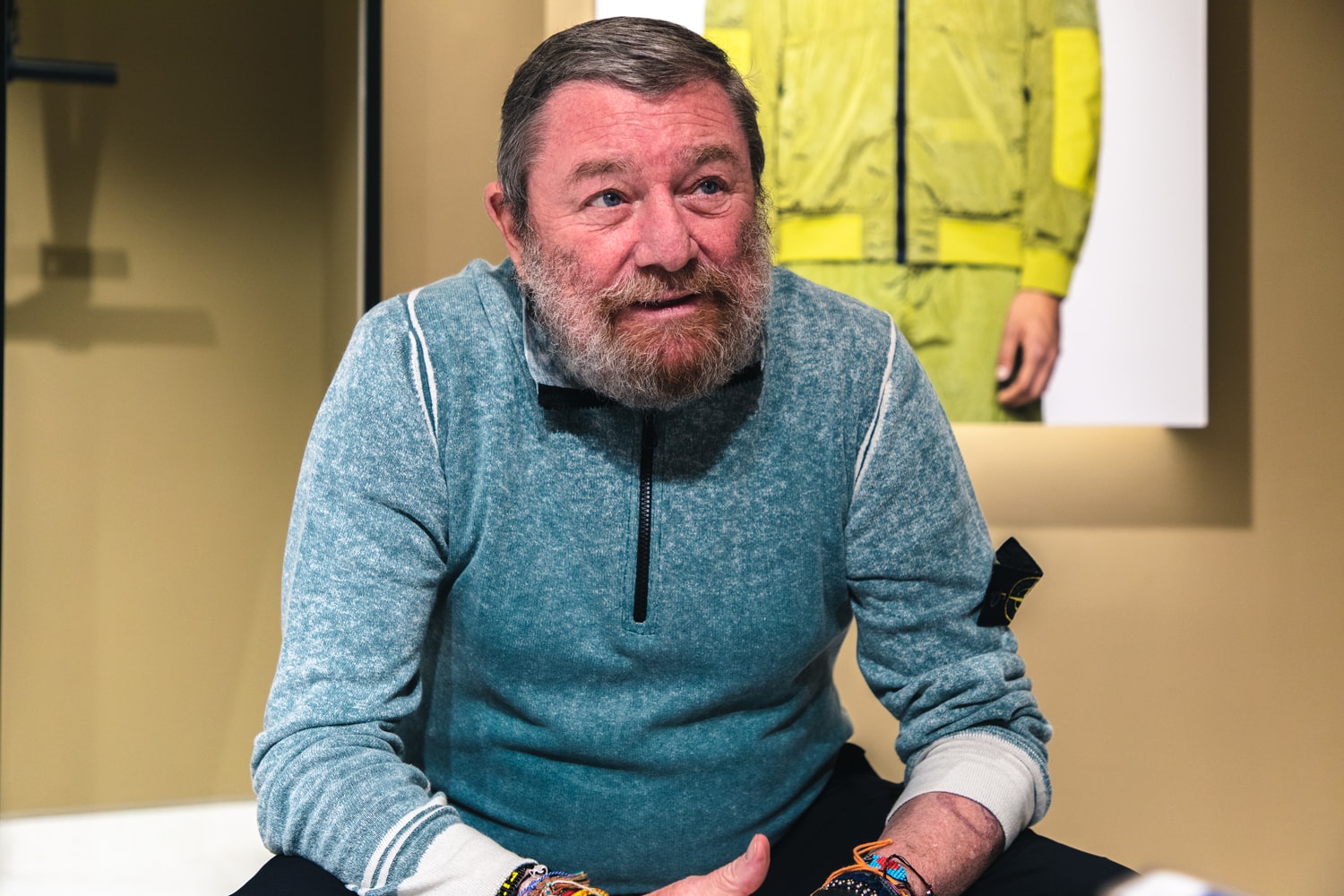
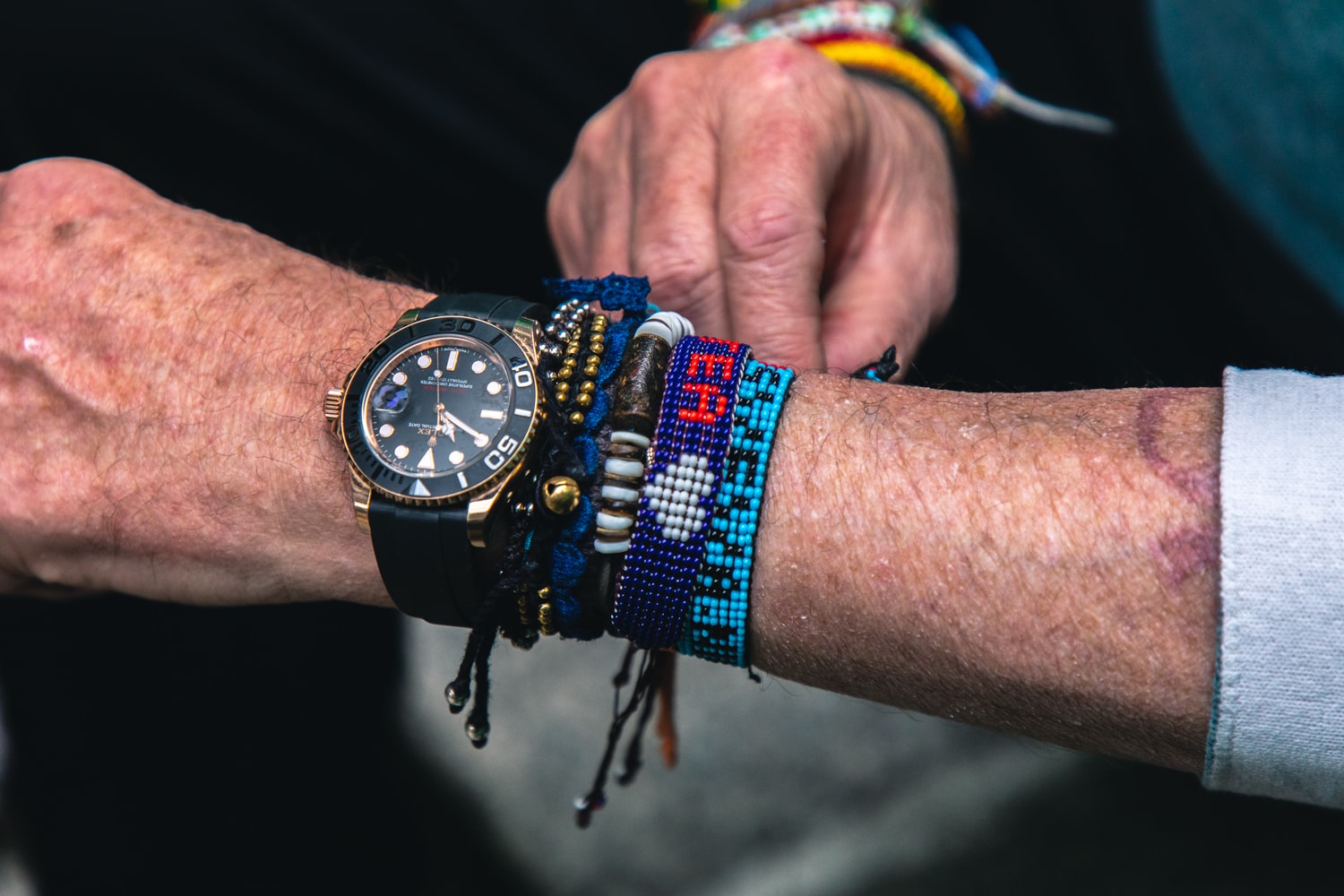

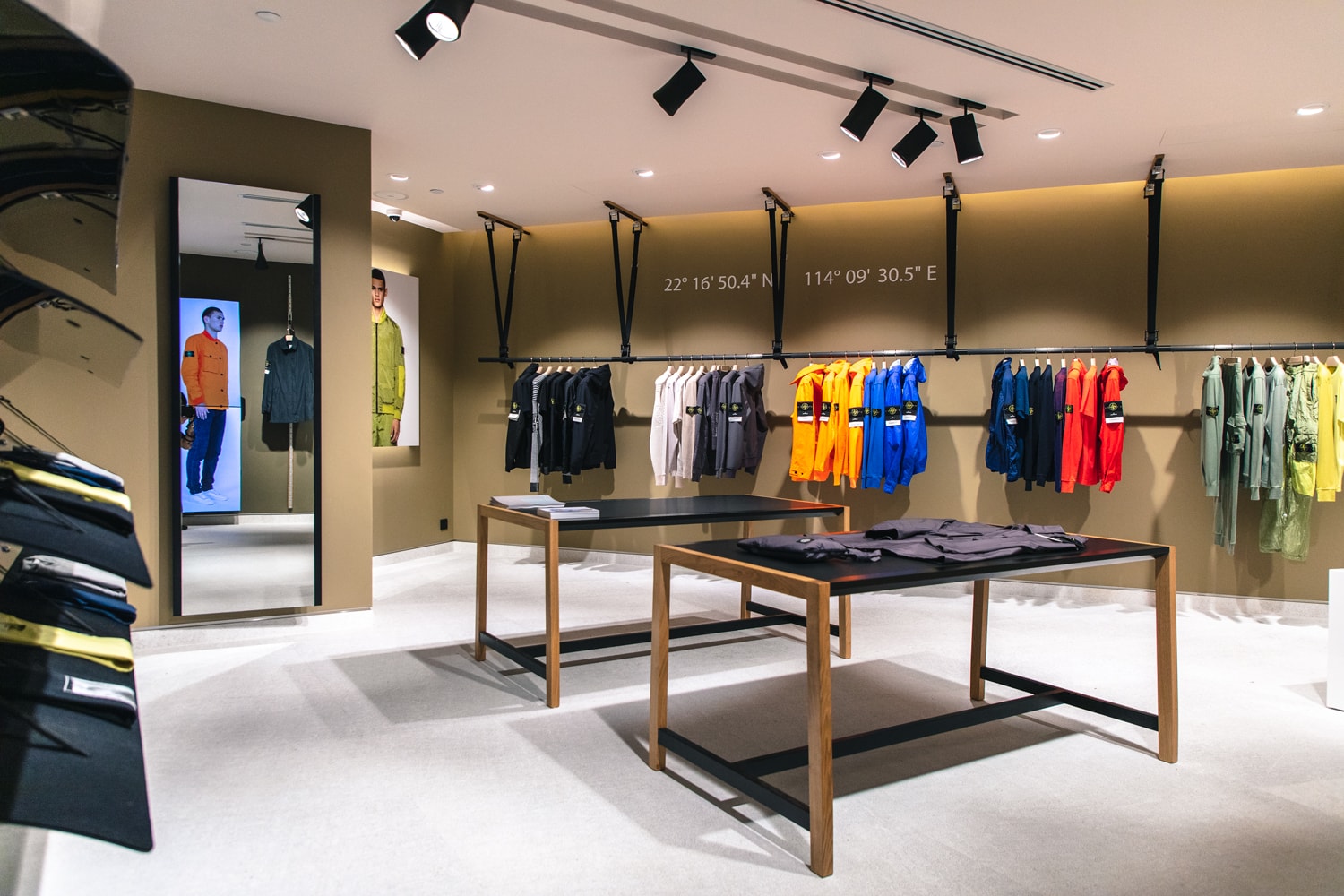
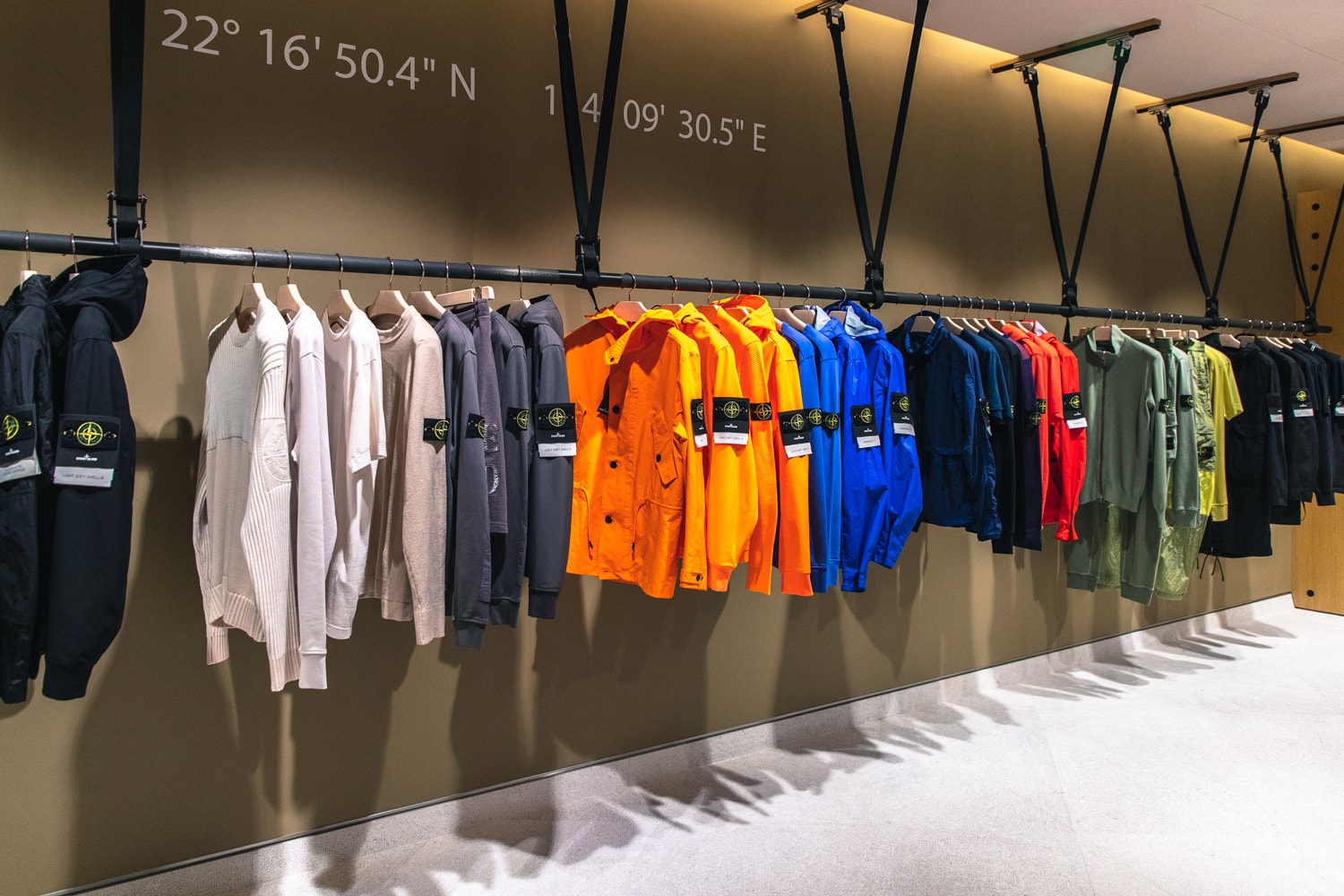
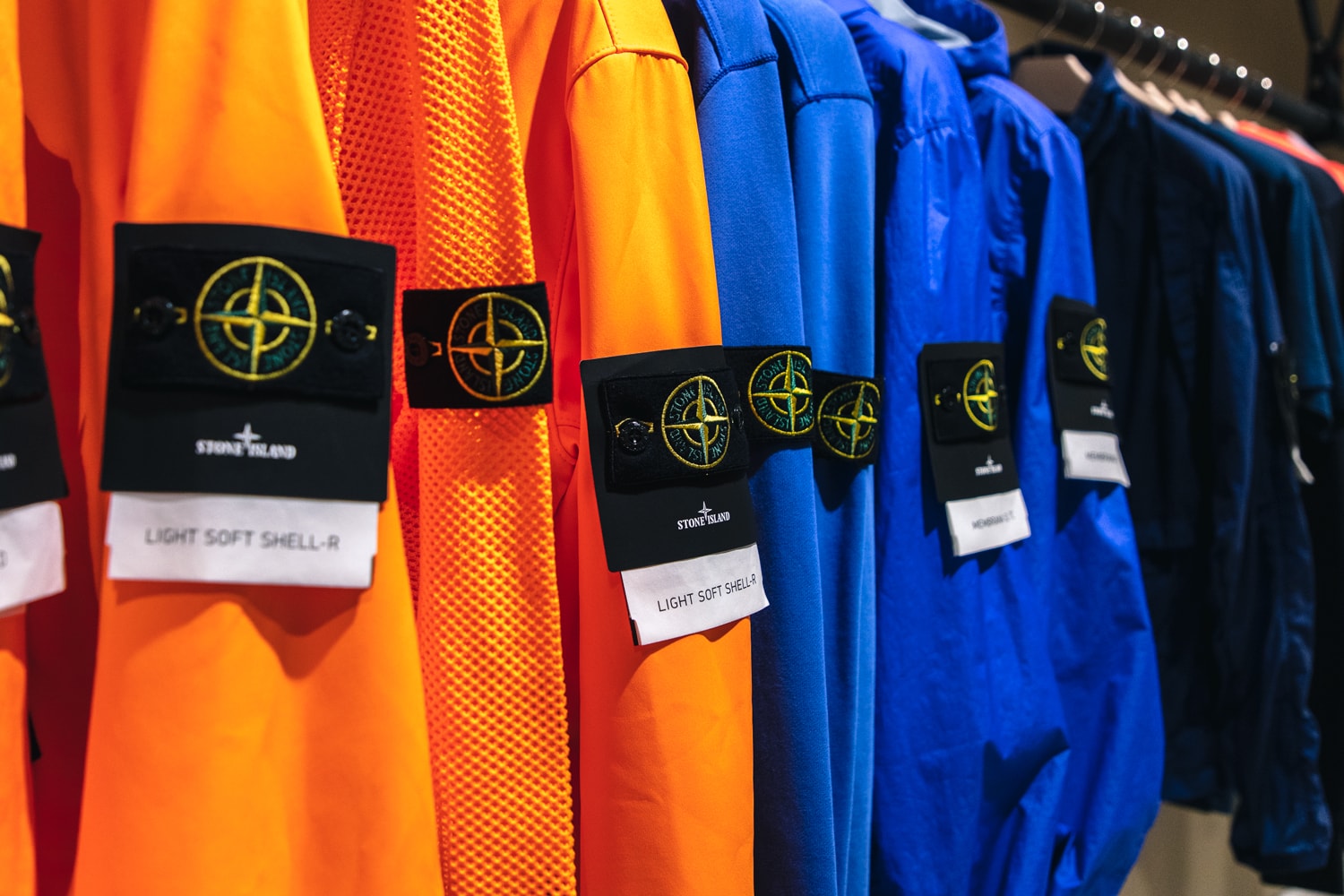
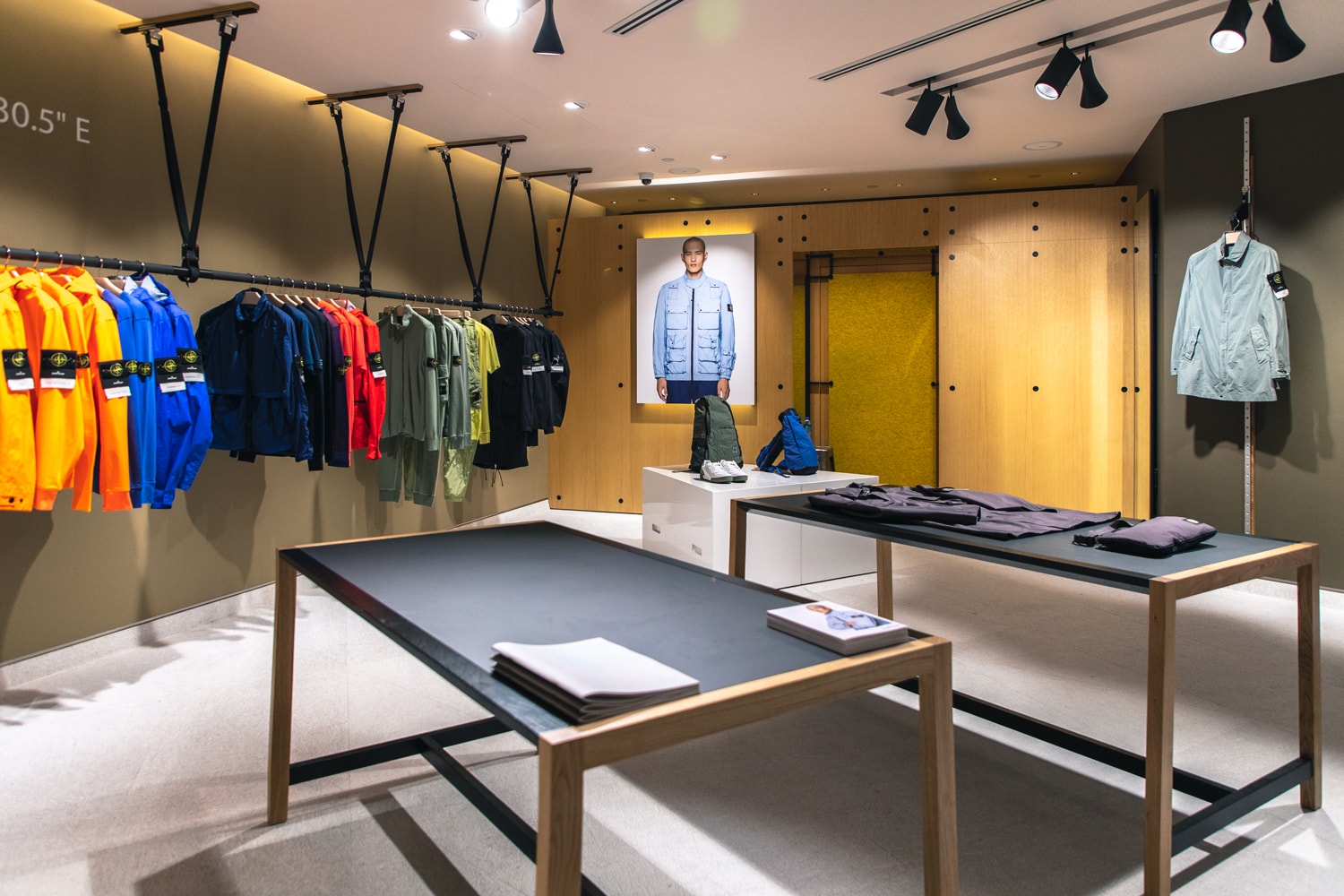
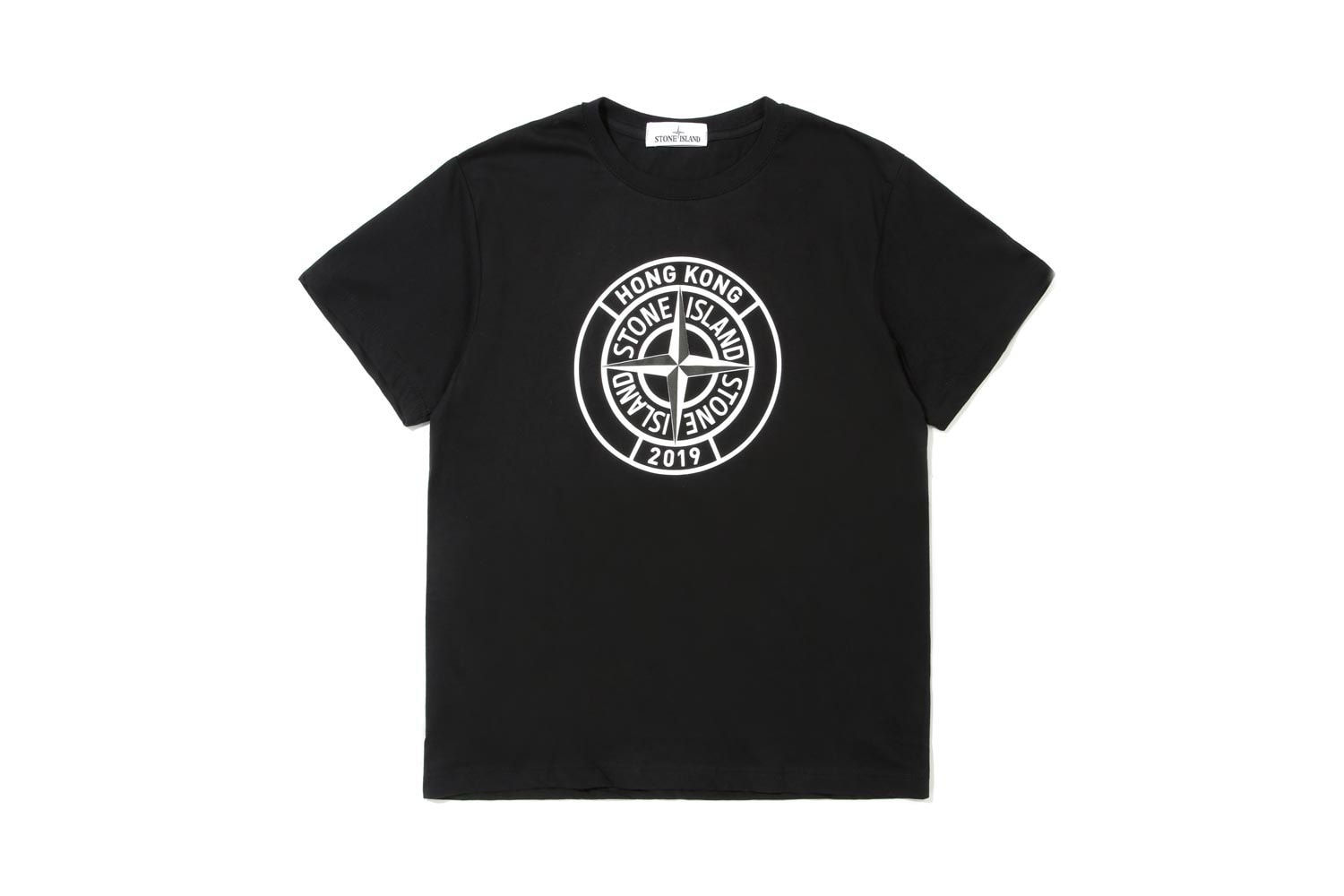
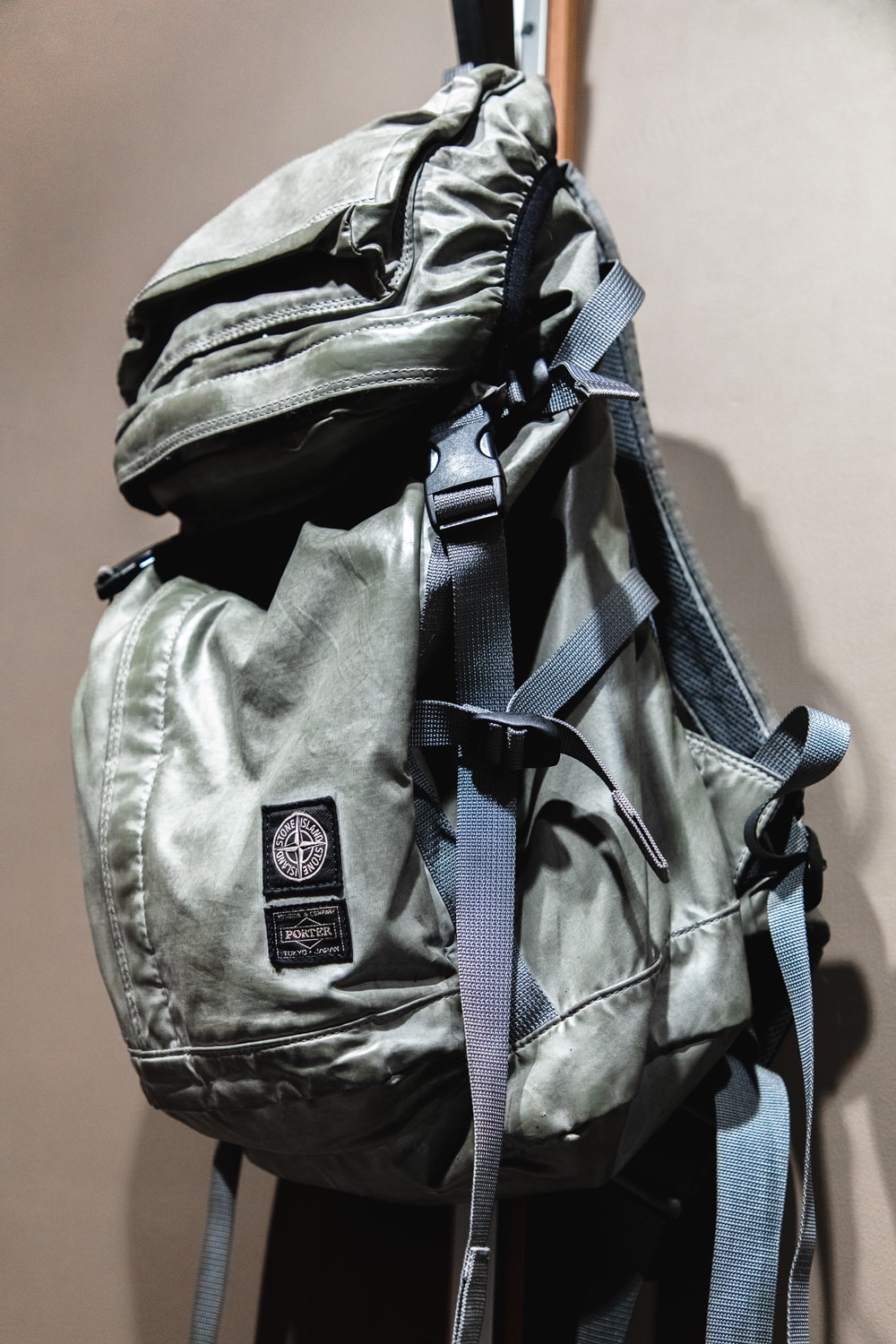
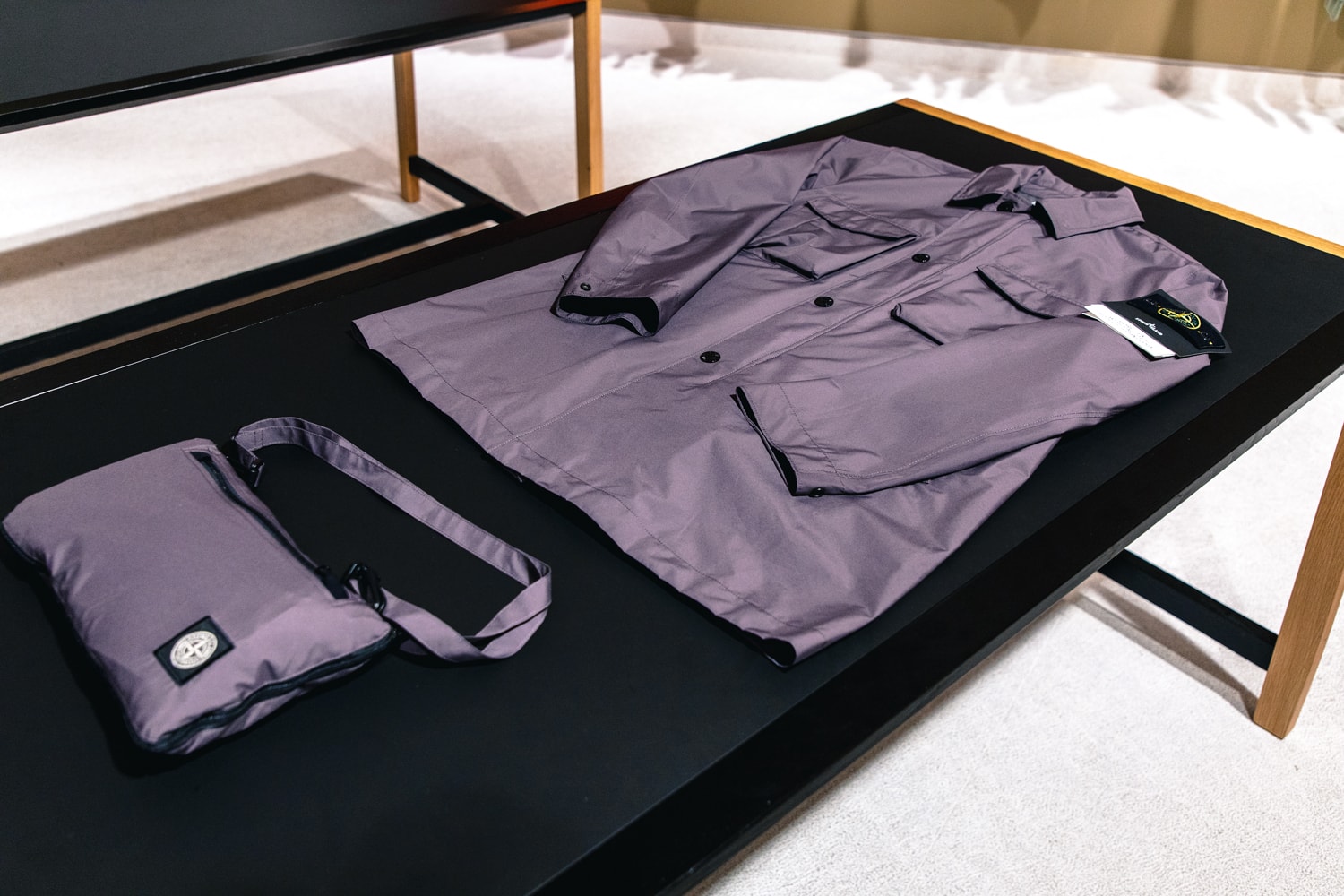
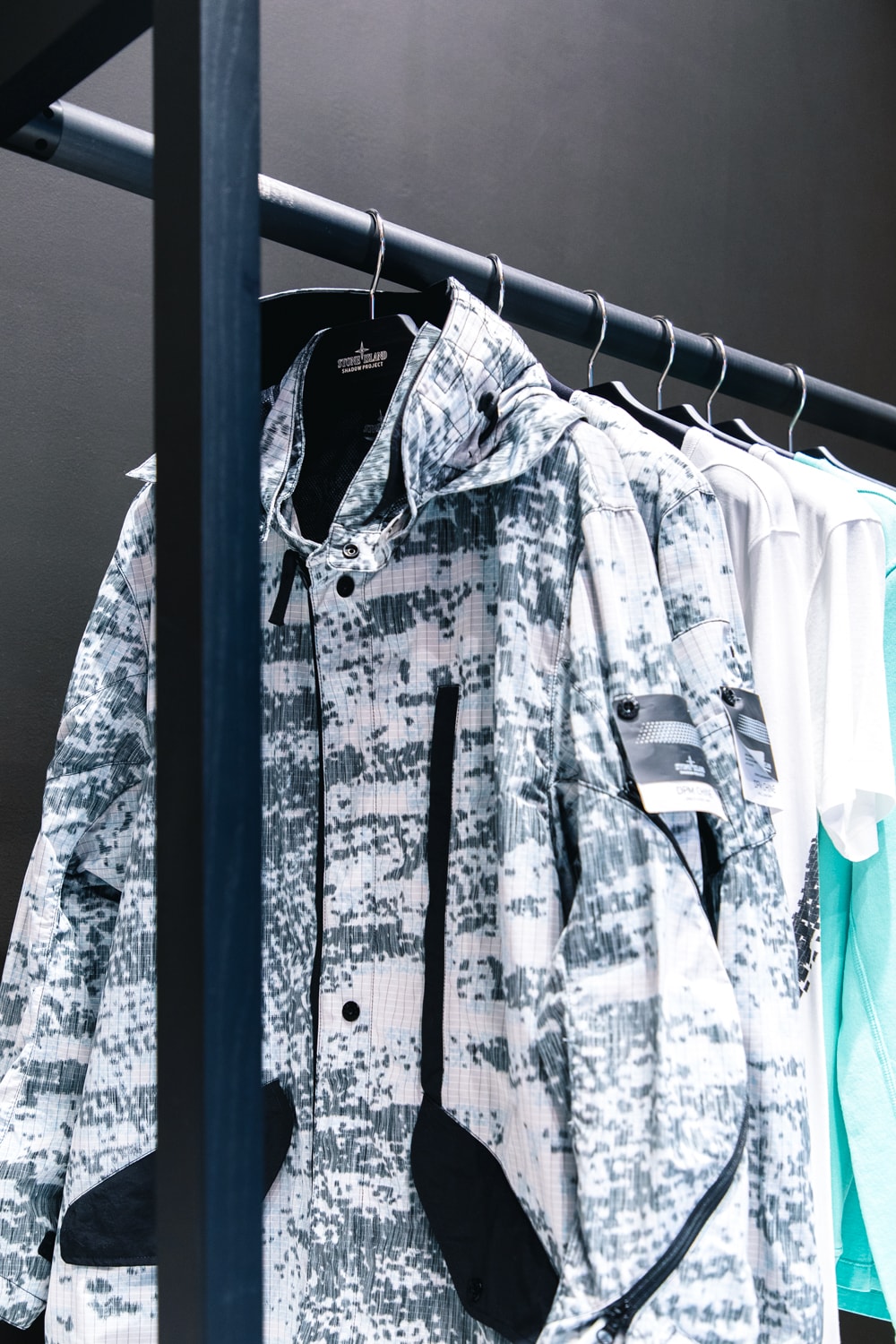
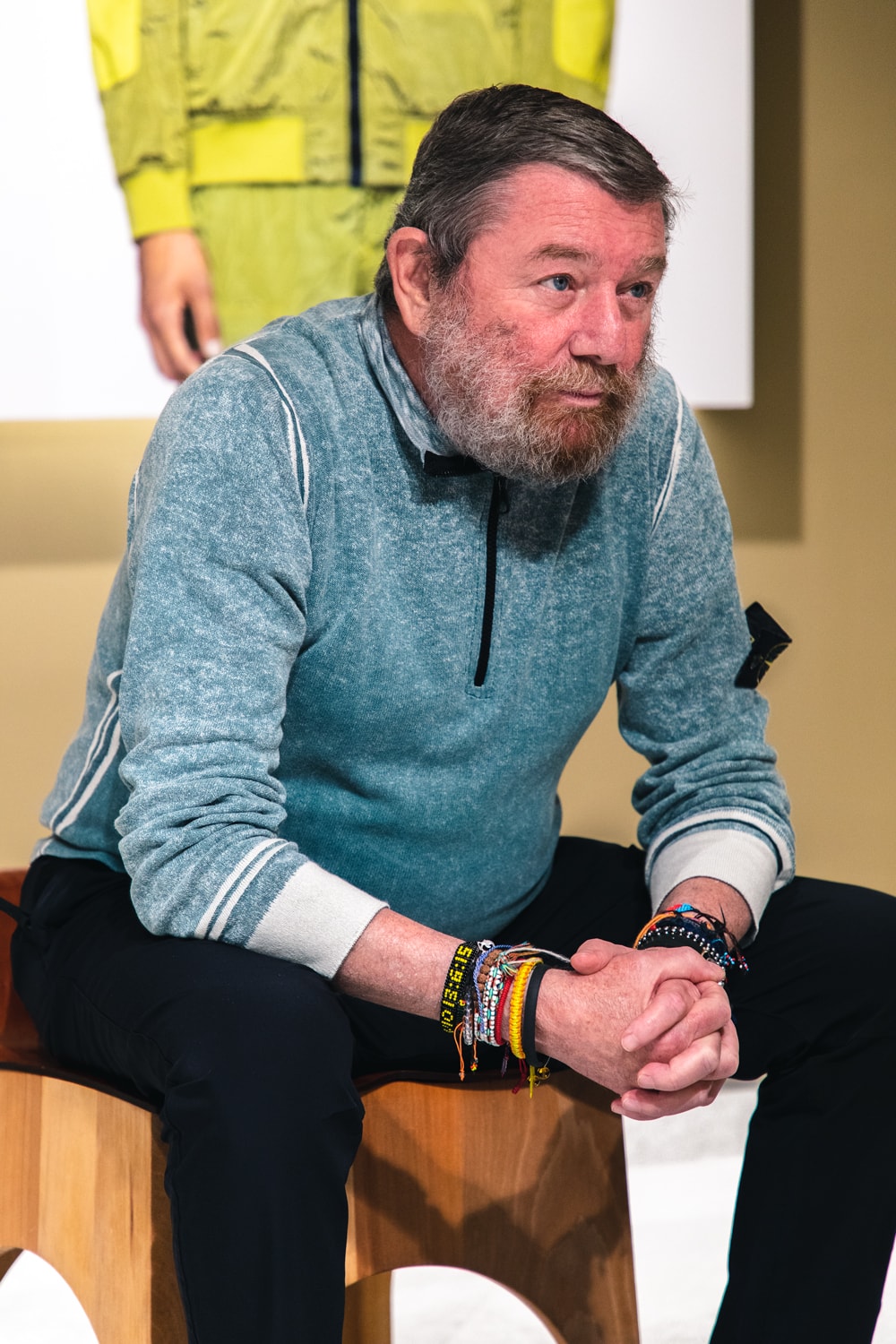
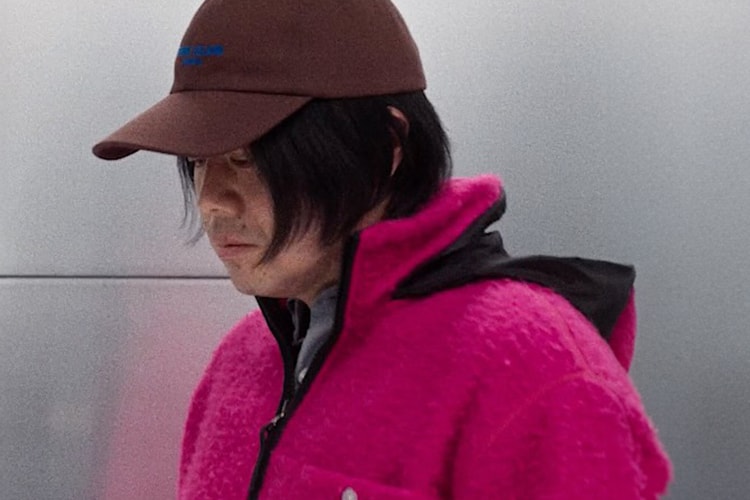

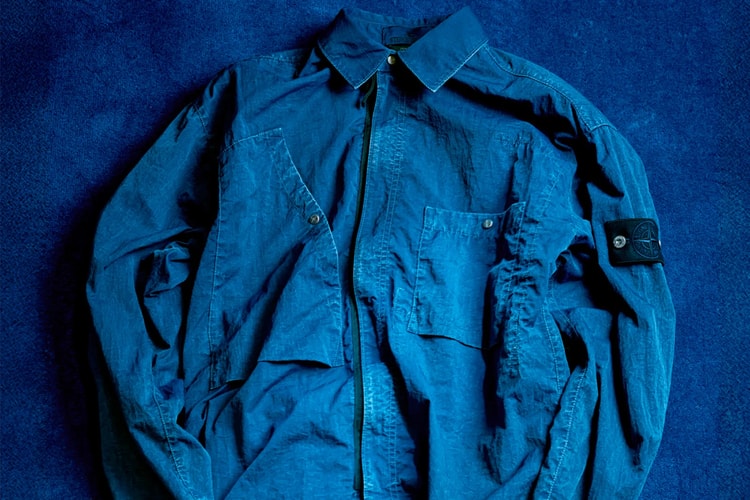



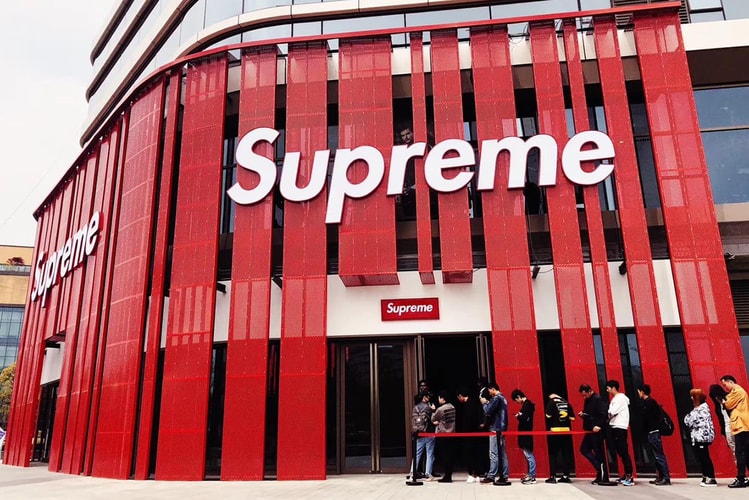
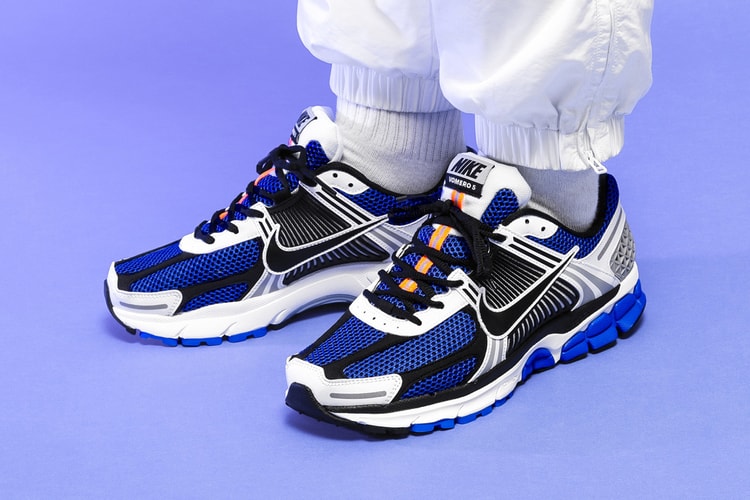


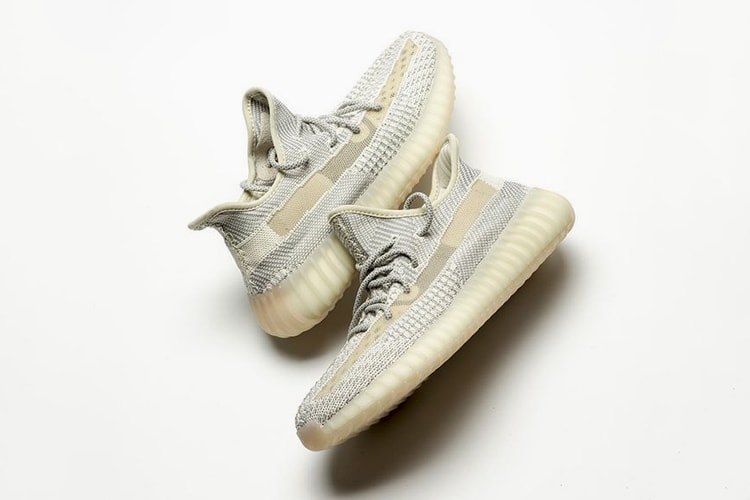

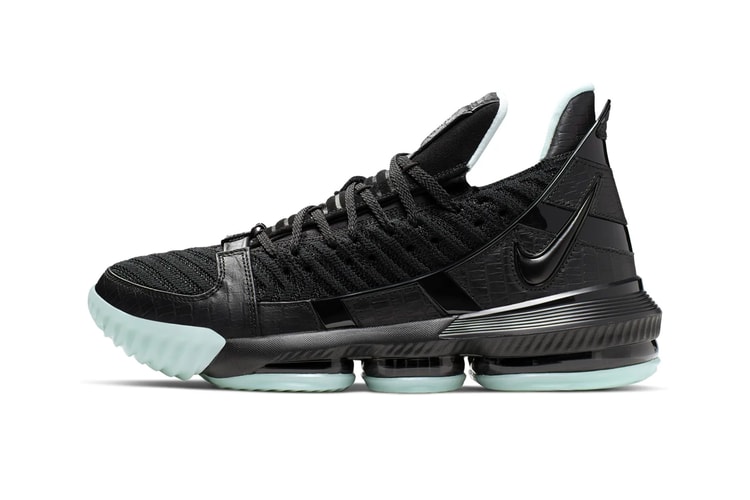
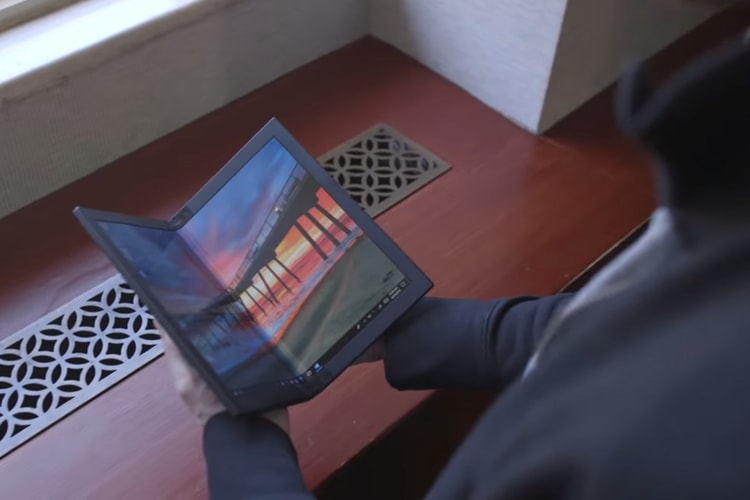
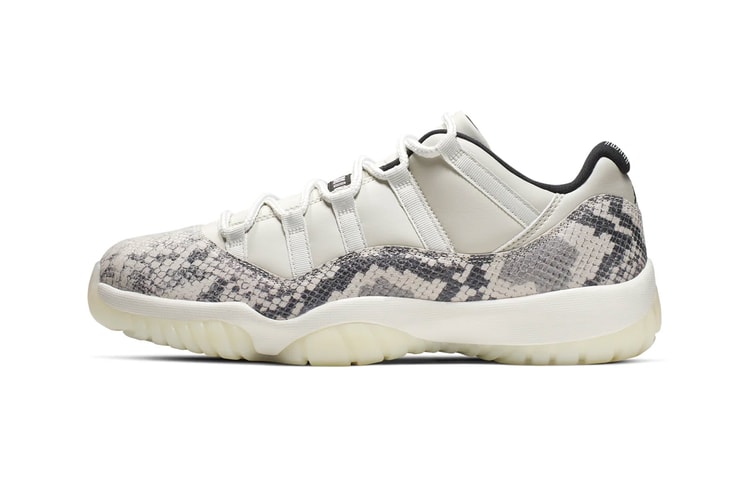

Photographer
Heison Ho/HypebeastSenior Editor
Ambrose Leung/Hypebeast